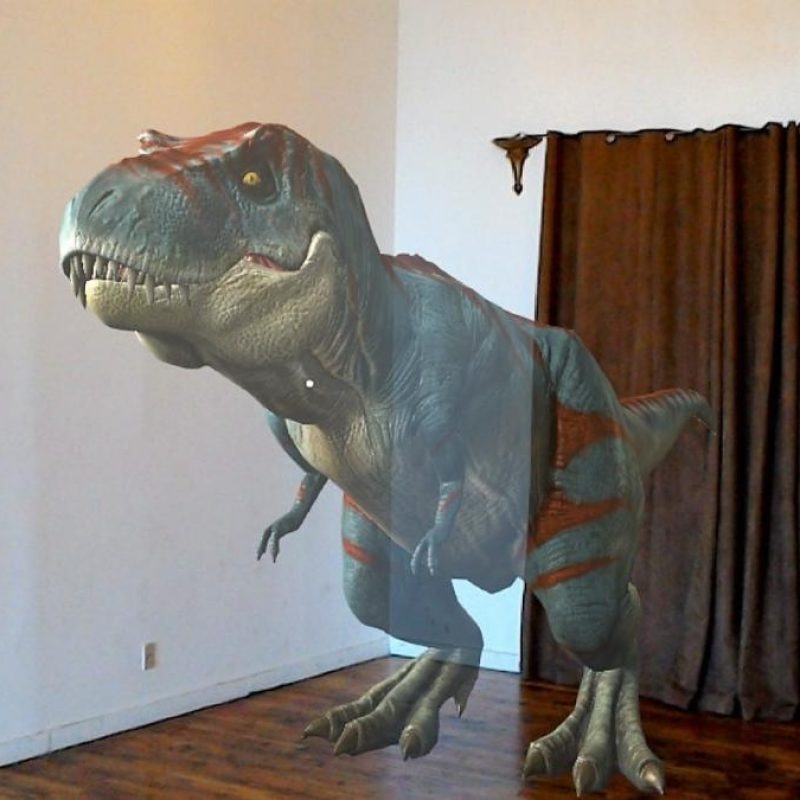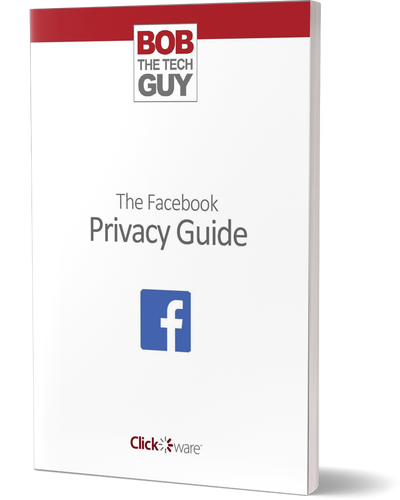We’ve been hearing promises of how Augmented Reality (AR) will change our lives. The ability to see both the real world with a digital overlay has been the holy grail of a number of tech companies – with very little market success.
In the beginning – there was Glass
Back in early 2013 Google was the first one to actually build a set of glasses (called “Glass”) that contained a mini computer that would let you see graphics (and ads) based on where you were. It also contained a microphone so you could use basic voice commands and a 5 megapixel camera that allowed both still images and (720p) videos to be taken (much to the chagrin of privacy experts and people who were recorded without their knowledge).
It was expensive ($1,500) and developers needed to buy one in order to write compatible software.
After getting a ton of press extolling the “future” – sales never took off and Google pulled the plug on the original version on May 13, 2014. Then in July 2017 – Google Glass “Enterprise Edition” was announced – this time targeted at businesses – not consumers.
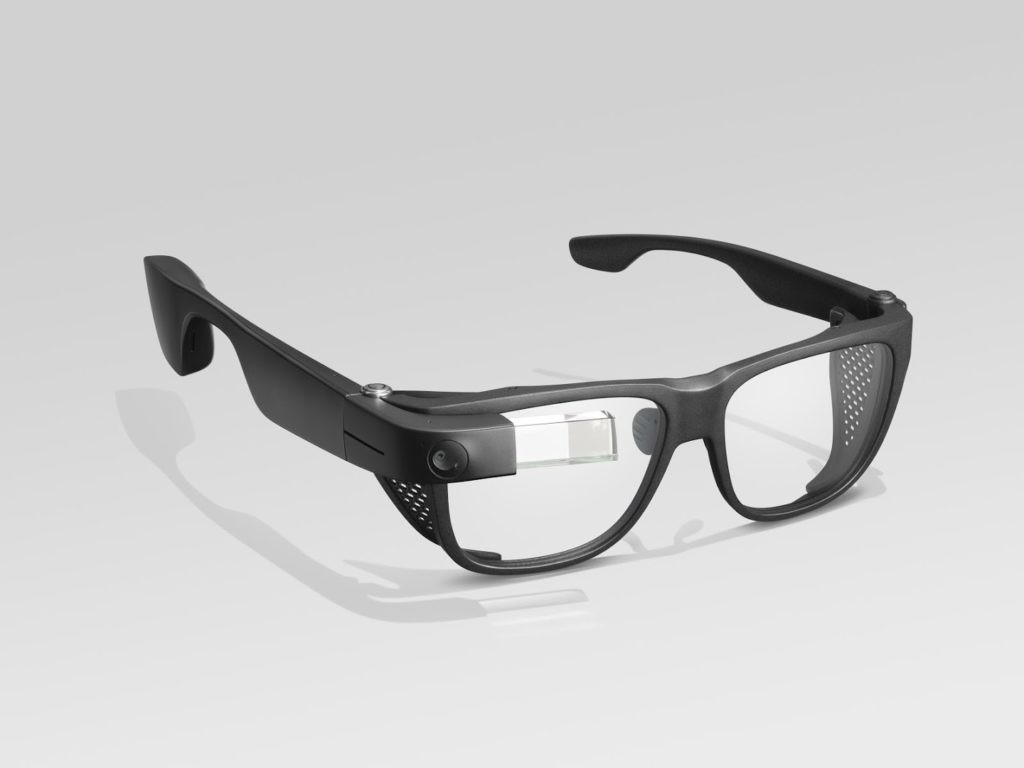
In May 2016 – they announced “Google Glass Enterprise Edition 2” – for $3,000 a pop.
Microsoft was the next AR kid on the block when they released a pre-production version of their head-mounted display called “Hololens.” Their demo video showing live interactive Minecraft gaming on an ordinary coffee table, a virtual technician helping install a light switch and characters that burst through your living room wall – was VERY cool indeed. However, the pre-release developer edition was $3,000 – and the supply was limited.
Build It and they will come?
Microsoft, like Google, realized that consumers were not going to pay three grand for a headset – and “pivoted” to offer their glasses to businesses where they can be rented for $125 per month, bought (hardware only) for $3,500 each – or bundled with some software for $5,000.

There are now numerous special-use AR glasses – like the Everysight Raptor (who comes up with these names?) – targeted at bicyclists, there are gamer headsets that are tethered by a cord to your PC, and literally dozens more on the market.
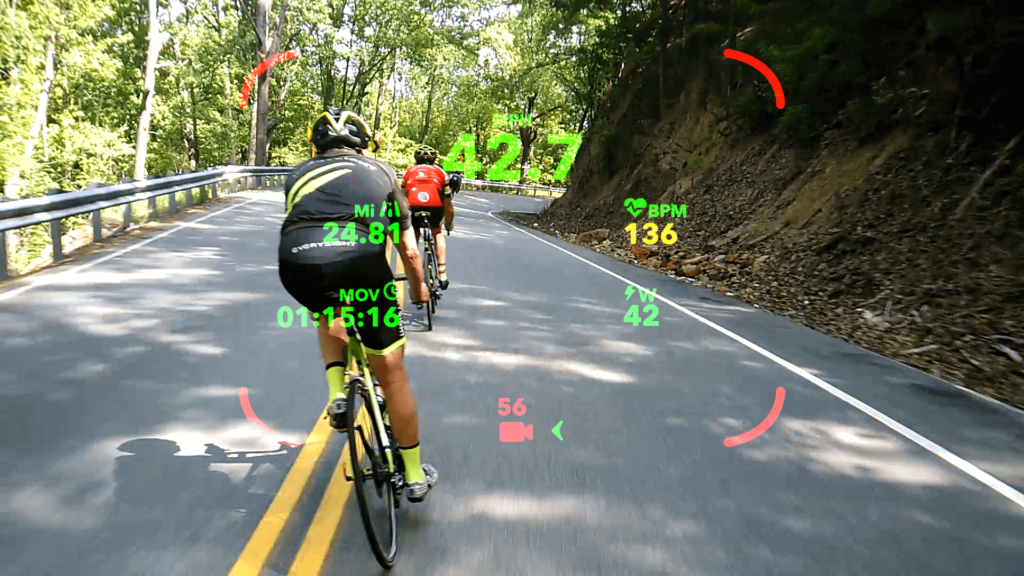
While some of these hardware-based AR devices will find their business niche – these hardware solutions haven’t really captured the imagination (or budget) of the everyday Joe. They’re too expensive, too klunky, and too prone to nearly instant obsolescence as hardware capabilities continue to constantly evolve.
What’s really needed – is some kind of “killer app”. Something that both businesses and consumers could benefit from. Something that doesn’t require special hardware or software – something that just “works.”
Well – here it is:
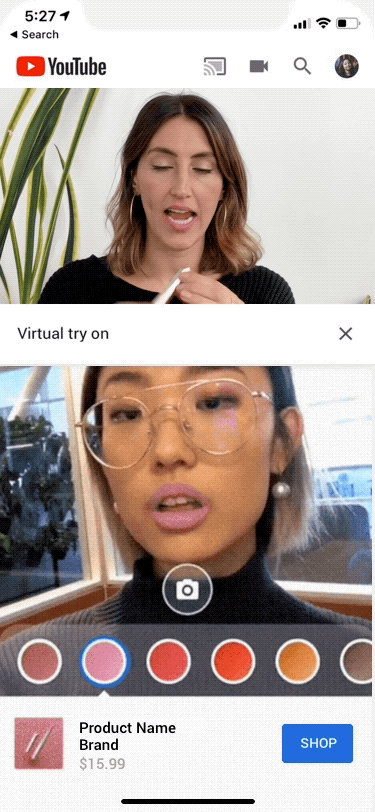
YouTube is now previewing a new featured called “AR Beauty Try-On.” This split-screen experience while watching a YouTube tutorial – while virtually “trying on” different colors in real time.
Now there are other makeup “try on” applications by Sephora, Ulta and even Target Beauty Studio – BUT the thing that makes this more than just a “fun app” is the instructional tutorial that is going on at the same time – PLUS chances are good you already have the YouTube app on your phone.
This feature is still in alpha testing for Google’s in-house branded content program call FameBit – but should be available to us mere mortals sometime later this summer.

